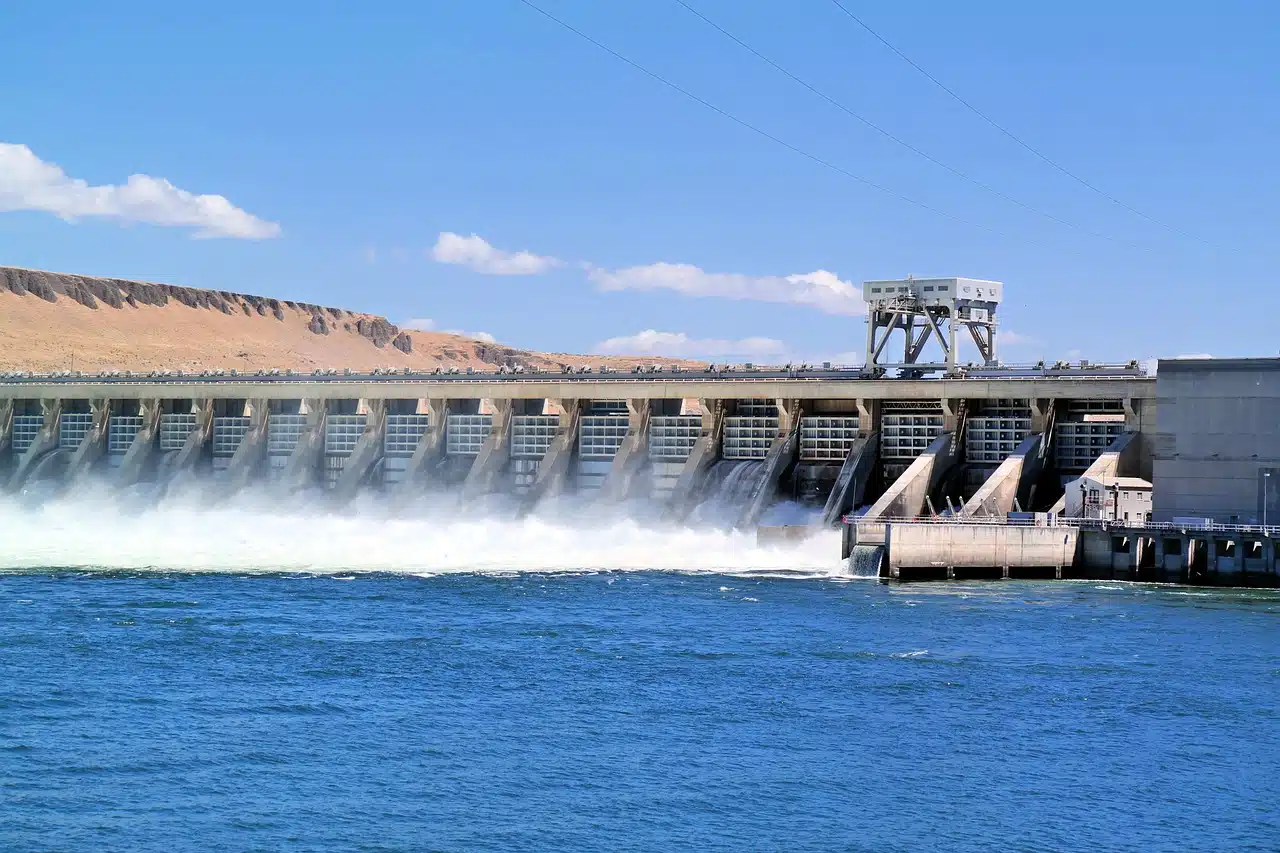
Hydraulic energy is generated by the movement of water.
Hydraulic energy is the type of energy produced by the movement of water . Also known as water energy , it is obtained from the use of the kinetic and potential energy of currents, tides or waterfalls.
It is worth remembering that the ability to transform or set something in motion is known as energy . This term also allows us to mention the natural resource that can be industrially exploited with the application of technology and various resources . Hydraulics , from the Latin hydraulĭcus , refers to that which moves by means of fluids . The concept is used, in general, to name the art of containing, directing and raising water.
Characteristics of hydraulic power
Hydraulic energy is part of renewable energy (it is not exhausted with its use). When its exploitation is carried out directly, without the construction of dams or altering the course of the water, it can be classified as green energy , since its environmental impact is almost zero.
The use of this energy has been around for several centuries. Peasants used to use mills installed next to the river to take advantage of hydraulic energy.
In addition to all the above, we would have to establish that the first hydraulic power plant as such was the one that was launched in 1880 in the English city of Northumberland . From it and throughout the 20th century, a large number of constructions with similar characteristics were created around the world.
Currently, there is a large industry associated with hydraulic energy based on the construction of dams with hydroelectric plants capable of producing electricity .

The mills make it possible to take advantage of hydraulic energy.
Important data
It is also important to be clear about another important series of data about hydraulic energy as well as its facilities:
- It is currently considered one of the most profitable on the market. And, although starting up such an installation is more expensive, maintenance and operating costs are low and the results are especially favorable.
- It is essential that the place where a structure of this type of renewable energy is installed has a significant level of rainfall annually.
- Within this type of construction, it should be noted that the turbines take special prominence, which can be of various models, especially the propeller, the Pelton or the Kaplan.
- Among the main problems with using dams is that this can lead to the destruction of the fish fauna that exists in the place where they have been located. All of this without forgetting that the flooding of fertile lands may occur and even the need to evacuate and evacuate, due to severe flooding , the towns located in the surrounding area.
These plants produce important ecological consequences, such as the flooding of large areas of land (up to entire towns) and the alteration or destruction of aquatic ecosystems. Therefore, in this case, hydropower cannot be said to be environmentally friendly.
